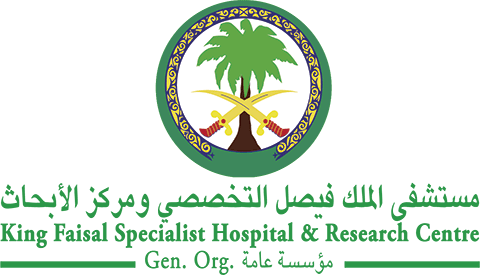Abstract
Background & Objectives We previously described a predictive AAMC model that identifies patients (grade 1, hormone positive) who would not benefit from OncotypeDX testing. The purpose of this study was to validate the AAMC model by assessing distant recurrence-free interval (DRFI) and invasive disease-free survival (IDFS) using TAILORx clinical trial data. Materials & Methods We retrospectively analyzed TAILORx trial data and categorized patients based on the AAMC model. AAMC low-risk patients are those with grade 1 and hormone positive tumors. Kaplan-Meier curves examined DRFI and IDFS. Results Of the total 9195 cases, 2246 (24.4%) were identified as AAMC low-risk. Among AAMC low-risk patients, 55.2% had RS 0-15, 42.3% had RS 15-25, and 2.4% had RS>25. The 10-year DRFI did not differ for those who received adjuvant chemotherapy versus those who did not (98% vs. 96%, log-rank p=0.46). Similarly, IDFS was comparable between those who received adjuvant chemotherapy versus those that did not (86% vs. 86%, log-rank p=0.66). Only 2.4% of AAMC low-risk patients were categorized as high-risk (RS>25). A sensitivity analysis of this discordant group, in which those with RS>25 were re-classified into the no-chemotherapy group and assumed to have experienced recurrences at the rate expected without chemotherapy, did not find any difference in DRFI among those who received adjuvant chemotherapy versus those who did not (log-rank p=0.16). Conclusion OncotypeDX testing does not benefit AAMC low-risk patients with grade 1 and hormone positive tumors. Based on these data, 1 in 4 TAILORx participants would not need OncotypeDX testing.
Recommended Citation
Sibia, Udai S.; Mylander, W. Charles; Martin, Tasha; Rosman, Martin; Sanders, Thomas J.; Lee, Young; Tafra, Lorraine; and Jackson, Rubie S.
(2023)
"OncotypeDX Testing Does Not Benefit Patients with Grade 1, Estrogen and Progesterone Receptor Positive Breast Cancers: A TAILORx Validated Study,"
Hematology/Oncology and Stem Cell Therapy: Vol. 16
:
Iss.
4
, Article 17.
Available at: https://doi.org/10.56875/2589-0646.1089
Creative Commons License

This work is licensed under a Creative Commons Attribution-Noncommercial-No Derivative Works 4.0 License.
Included in
Cancer Biology Commons, Hematology Commons, Oncology Commons

